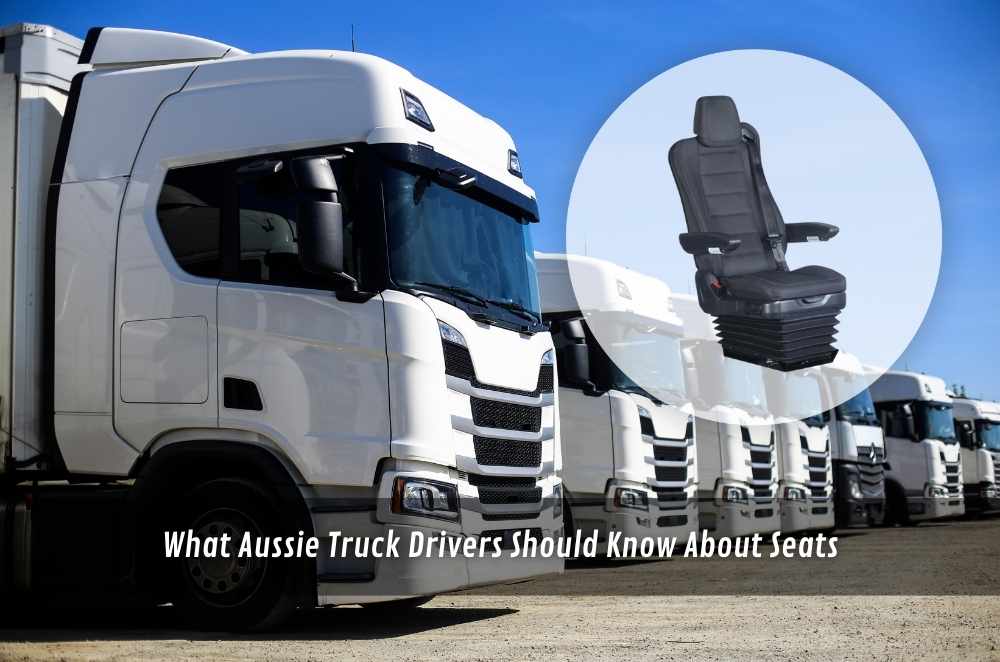
If you’ve ever stepped out of the cab after a long haul with a stiff back or aching hips, you know how much a seat can shape your day. The hours on the road aren’t just about driving skill — they’re about whether your body can keep up with the distance. The subtle things, like lumbar support, seat height, or even the way the cushion holds your weight, decide whether you finish the shift steady or sore. When I first started looking into truck seats Australia that could handle both short runs and week-long trips, I realised the difference wasn’t in fancy extras, but in comfort that lasted beyond the first hour. A seat that feels right helps you stay focused, react quickly, and walk away without the usual tightness that sneaks up after endless kilometres. It’s not luxury; it’s the foundation of safe, sustainable driving.
Why posture and seat setup matter on long hauls
Small adjustments stack up across a shift. If your hip angle is too tight, you compensate at the shoulders. If your lumbar sits a touch low, your neck starts doing the stabilising. That’s how fatigue sneaks in. The basics — seat height, backrest angle, cushion depth — create the platform for safe steering input and smooth brake modulation. When you dial those in, your arms aren’t carrying your torso and your legs aren’t bracing to stay centred in the cab.
Prioritise seat height that lets your hips sit level or slightly above your knees, keeping pressure off the lower back.
Set backrest angle so your shoulders stay relaxed, with elbows gently bent on the wheel — no locked joints.
Use a cushion length that supports most of the thigh without touching the back of the knees.
Keep the headrest aligned with the centre of the back of your head, not your neck.
On a Sydney–Dubbo leg last year, I swapped from a soft cushion to a firmer insert and raised the seat a notch; the shoulder twitch I used to get around Wellington simply vanished. It wasn’t magic — just a better base. If you’re chasing evidence-based positioning advice, ergonomic truck seats tie cleanly to practical posture cues (neutral spine, reachable controls) that stand up in everyday driving.
Materials, cushioning, and suspension: what actually changes your day
Not all seats with “support” feel the same after six hours. Foam density, contour profile, and the suspension mechanism change how your body deals with vibration, cornering forces, and the micro-movements that wear you down.
Foam density: Medium-firm foams resist bottoming out, keeping your pelvis level. Soft foams feel comfy at first, but compress under load.
Contour and bolsters: A subtle “bucket” holds you centred without pinching your thighs; too aggressive and you’ll fidget.
Breathability: Perforated fabrics and open-cell foams keep humidity down, which helps with focus late in the day.
Suspension: Air or mechanical suspension absorbs road chatter so your back doesn’t have to. Set it to your weight — not your wish.
On coastal runs with gusty crosswinds, I’ve found that a touch more side bolster and a firmer lumbar let me keep a light hand on the wheel. Less bracing, more control. If you’re thinking about upgrades, consider what actually creates that “I could keep going” feeling for you: stable posture plus low vibration. The materials are the means to that end.
Fit, adjustability, and cab realities
Cabs aren’t all the same. Between roof height, pedal box placement, and wheel reach, a good seat in one truck can feel awkward in another. The most useful feature isn’t a brand name; it’s the adjustability that helps you neutralise a particular cab’s quirks.
Slide and height range: Enough travel to keep your knees clear and your hips level, even if you share the truck.
Lumbar that moves vertically: Fixed-point lumbar often hits the wrong spot; vertical travel lets you match your spine.
Cushion tilt: A small tilt relieves hamstring tension and evens out pressure on long climbs.
Arm rests with fine steps: Helpful for steady throttle control on uneven bitumen.
After switching between a day cab and a sleeper, I realised the same seat model needed different cushion tilts to feel “right”. In the lower roof, a flatter tilt kept my hips from rolling forward; in the sleeper, I nudged the leading edge up slightly to counter a higher pedal plane. Those little tweaks protect you from the slow burn of awkward posture.
If you’re comparing models that lift comfort without reinventing your cab layout, new truck seats can be framed around adjustability first, materials second. That way, you avoid chasing features you can’t position properly in your specific cab.
Safety, fatigue, and the habits that hold up
Comfort isn’t separate from safety; it’s upstream from it. A seat that keeps your pelvis neutral and your shoulders relaxed makes it easier to brake smoothly, hold a line in crosswinds, and keep consistent situational awareness. That shows up in the way you handle late-day traffic or a sudden detour on corrugations.
Reset your position at breaks: stand, loosen hips, then re-set height and tilt when you return.
Keep thigh support in the “enough, not too much” zone; pins and needles mean you’re compressing vessels.
Re-check mirrors after seat changes; good posture slightly shifts your eye line.
Treat lumbar as dynamic: raise it a notch on rolling hills, lower it a touch on flat motorway to keep the spine moving.
I used to think fatigue was hours-driven. Mostly, it’s posture-driven. Even a five-minute stretch and a two-click lumbar tweak at the servo can buy you another hour of steady focus.
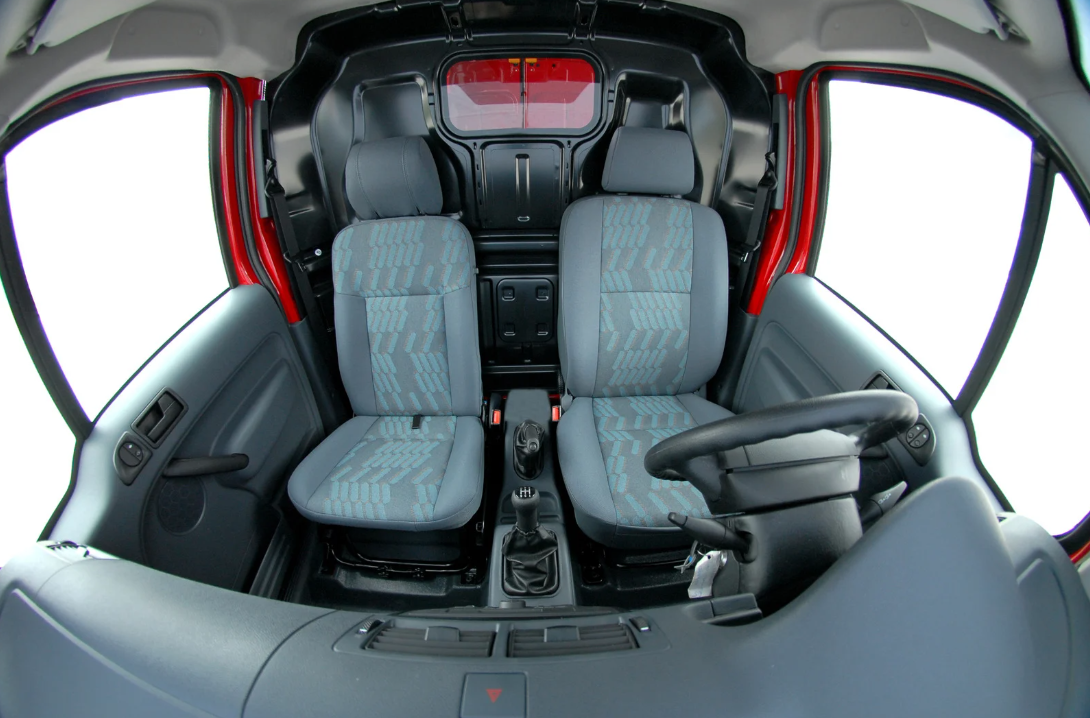
Final thoughts
The best seat for you is the one that lets your body disappear into the drive — steady hips, quiet shoulders, hands free to steer rather than to brace. That’s why it’s worth matching the seat’s foam, contour, and suspension to your build and your cab, then giving yourself time to fine-tune. When you do, the road feels smoother and decisions feel easier. Many drivers I’ve spoken to put their reduced fatigue down to comfortable truck seating, because it shapes the way their body holds up hour after hour. The right support doesn’t just feel better in the moment — it quietly builds the foundation for safe, steady driving over the long run.

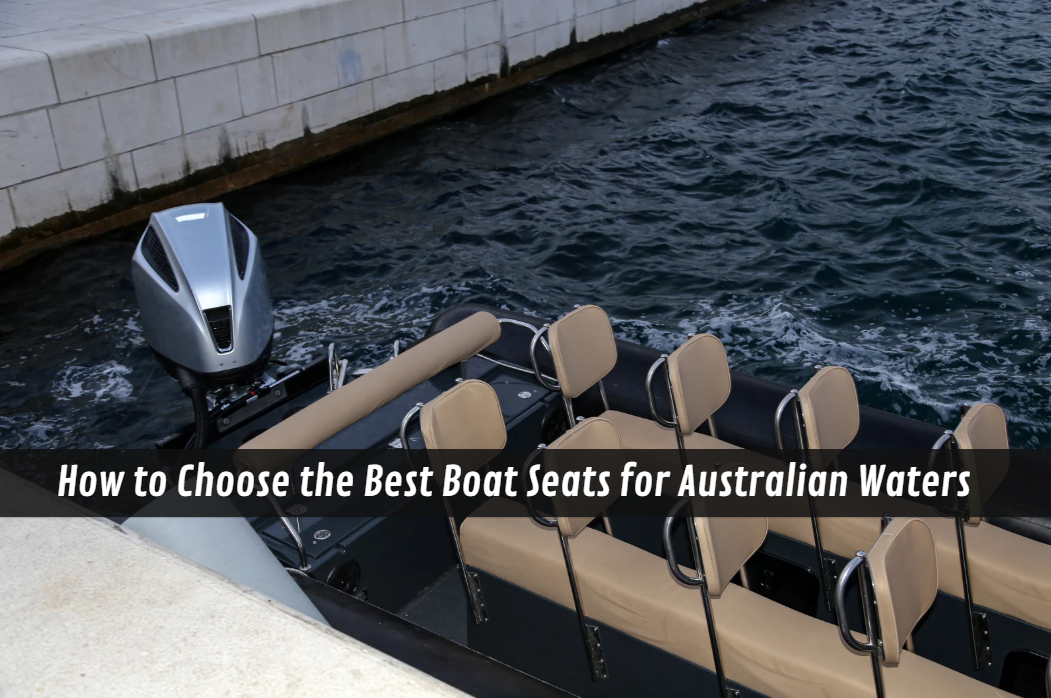
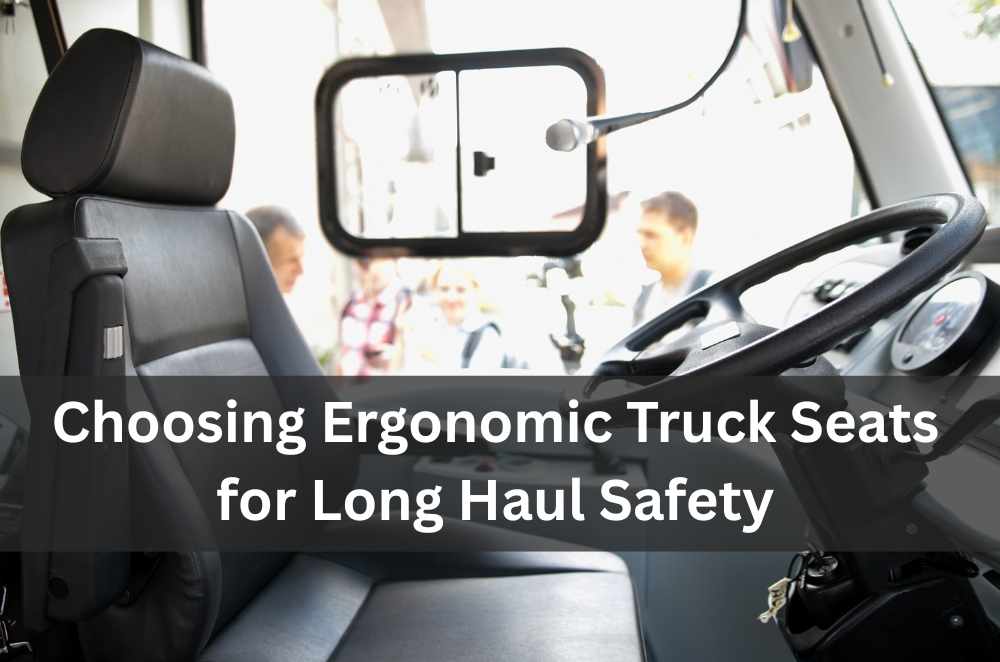
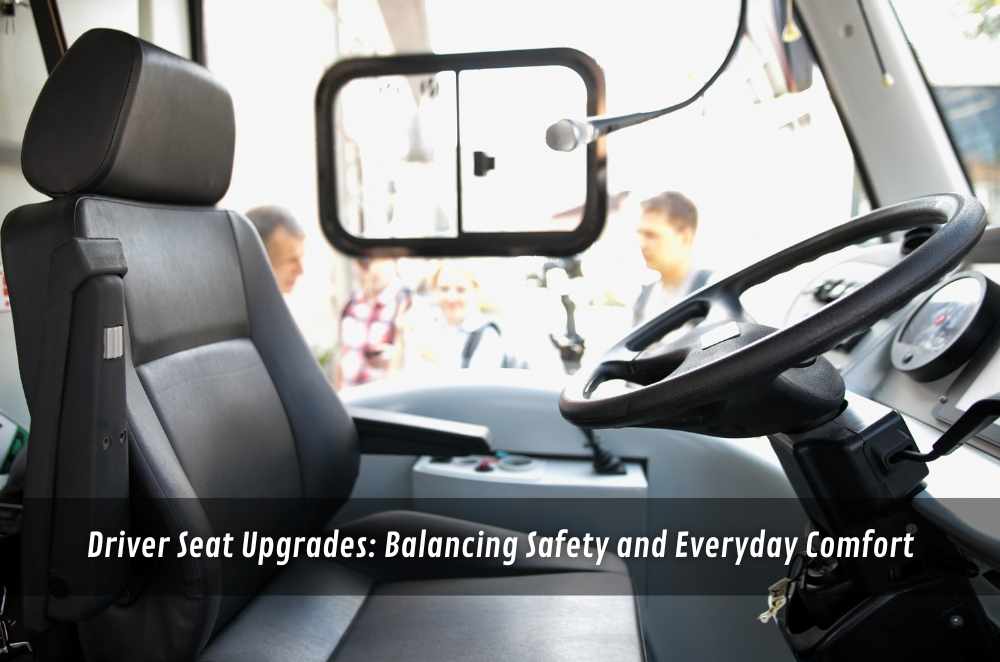
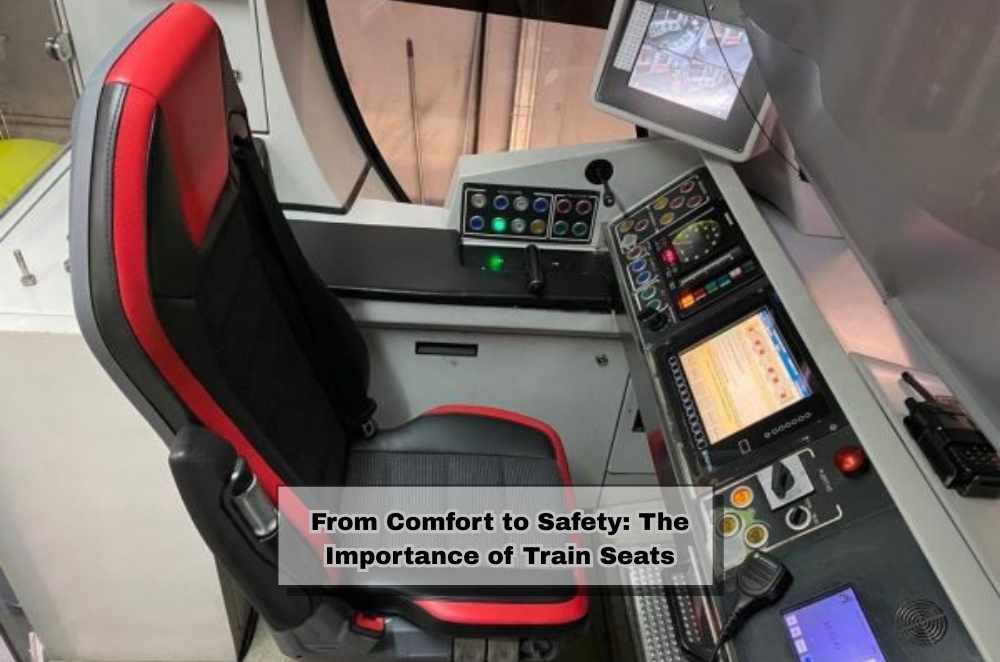
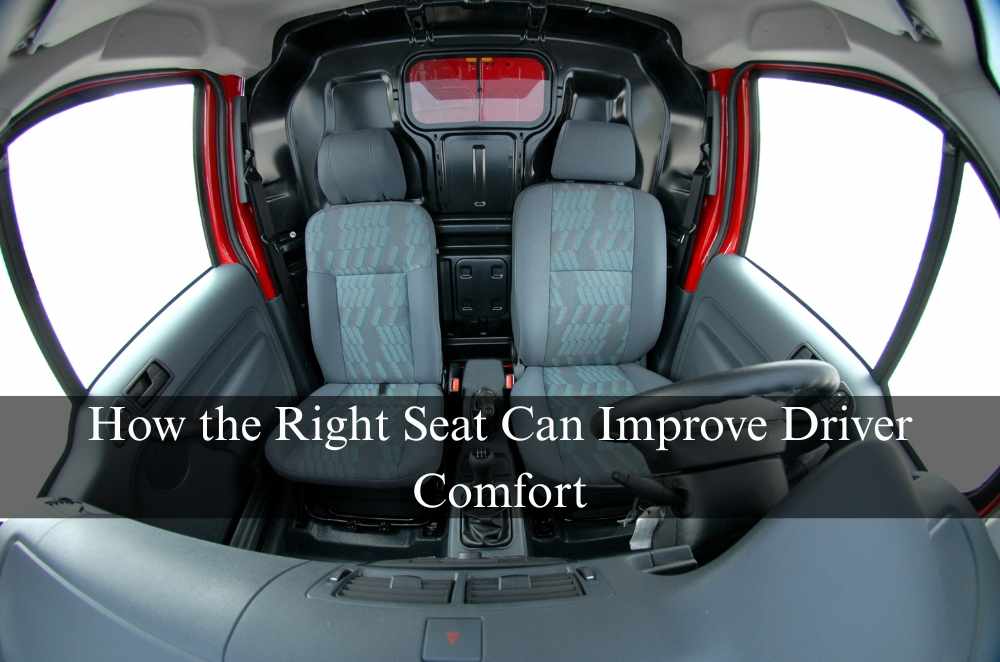



Write a comment ...